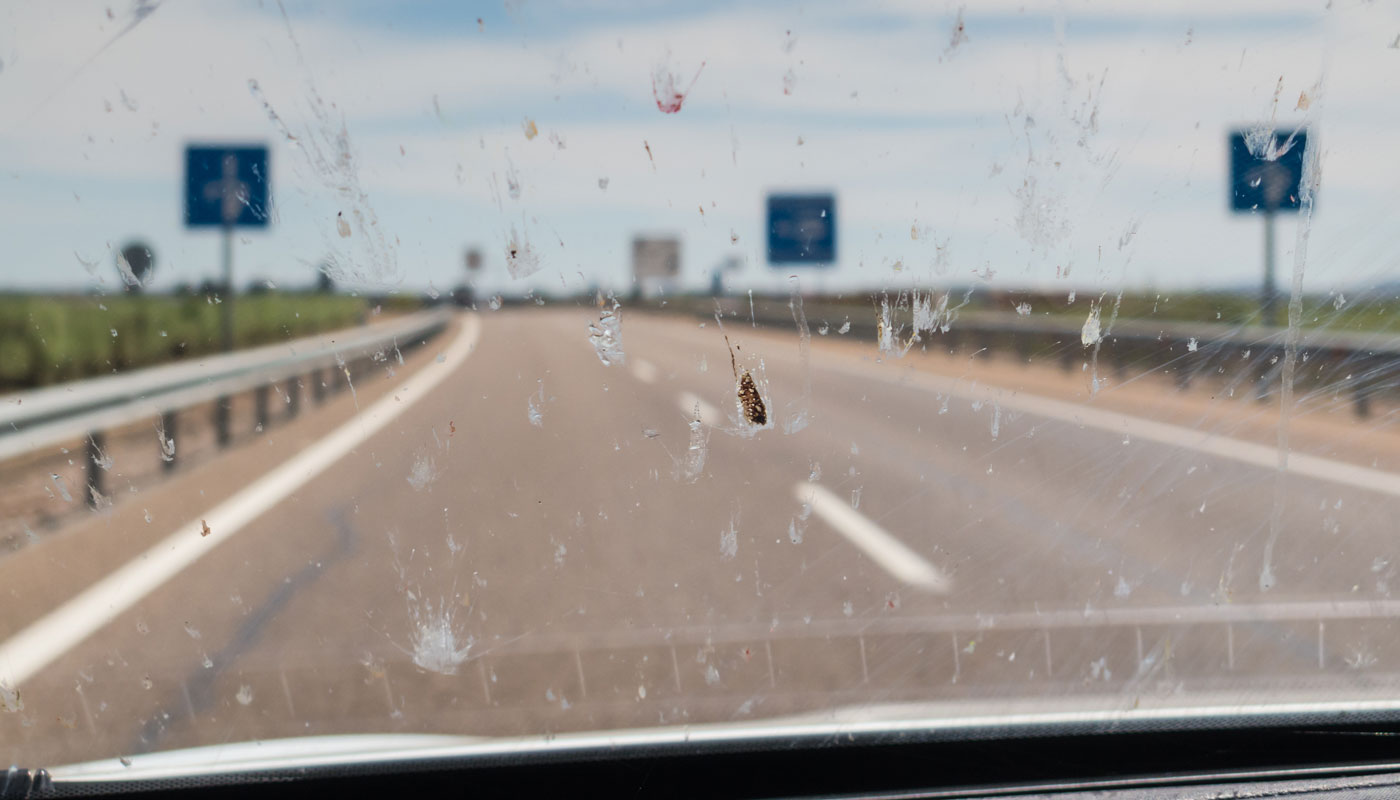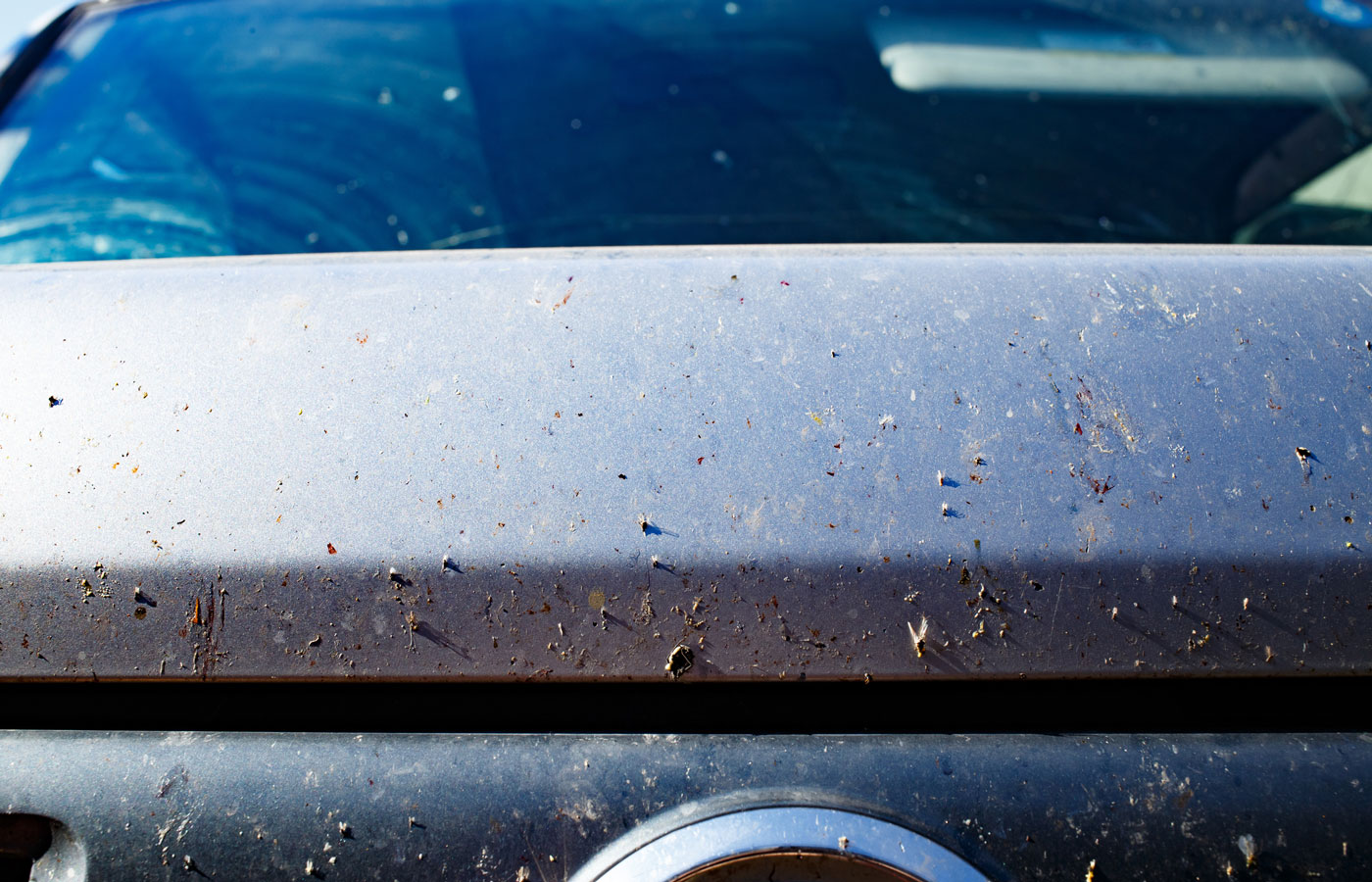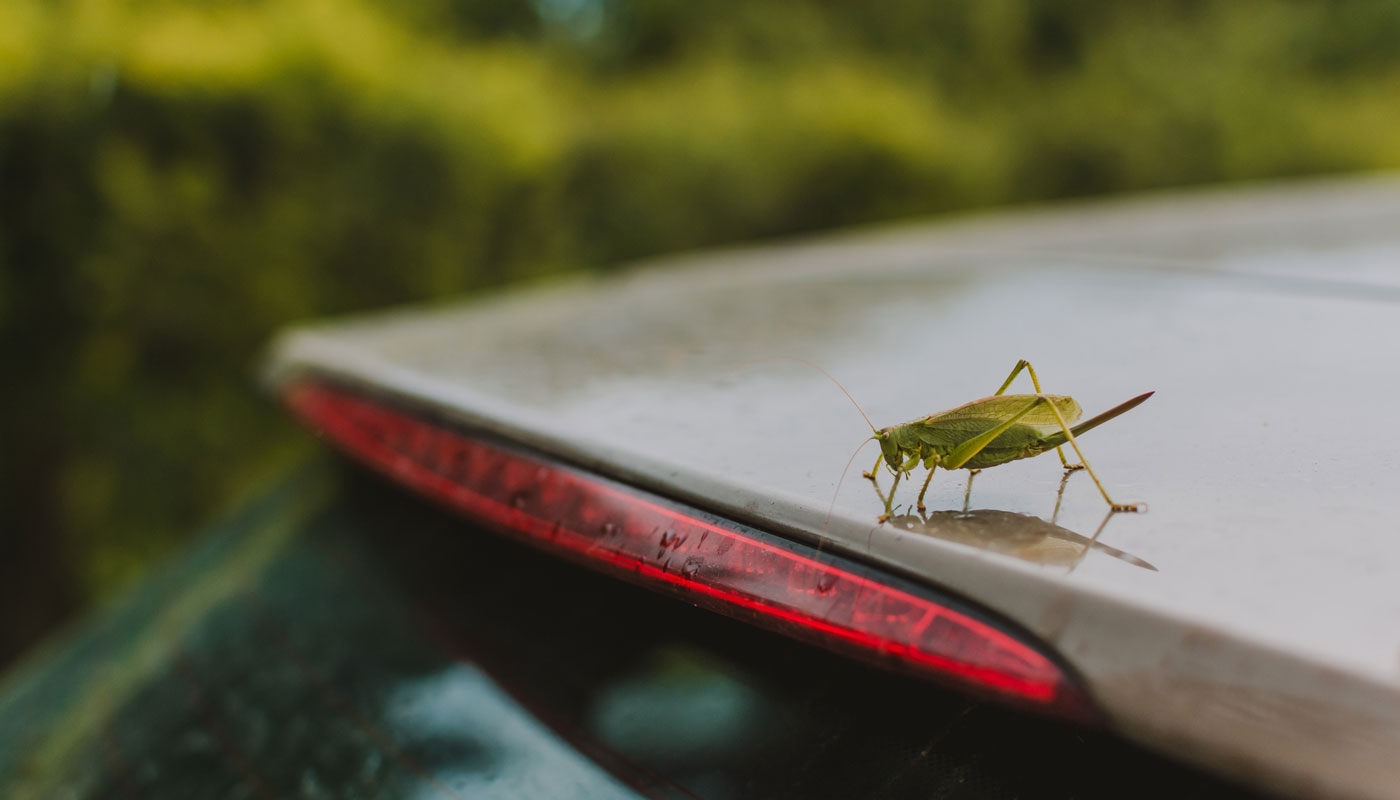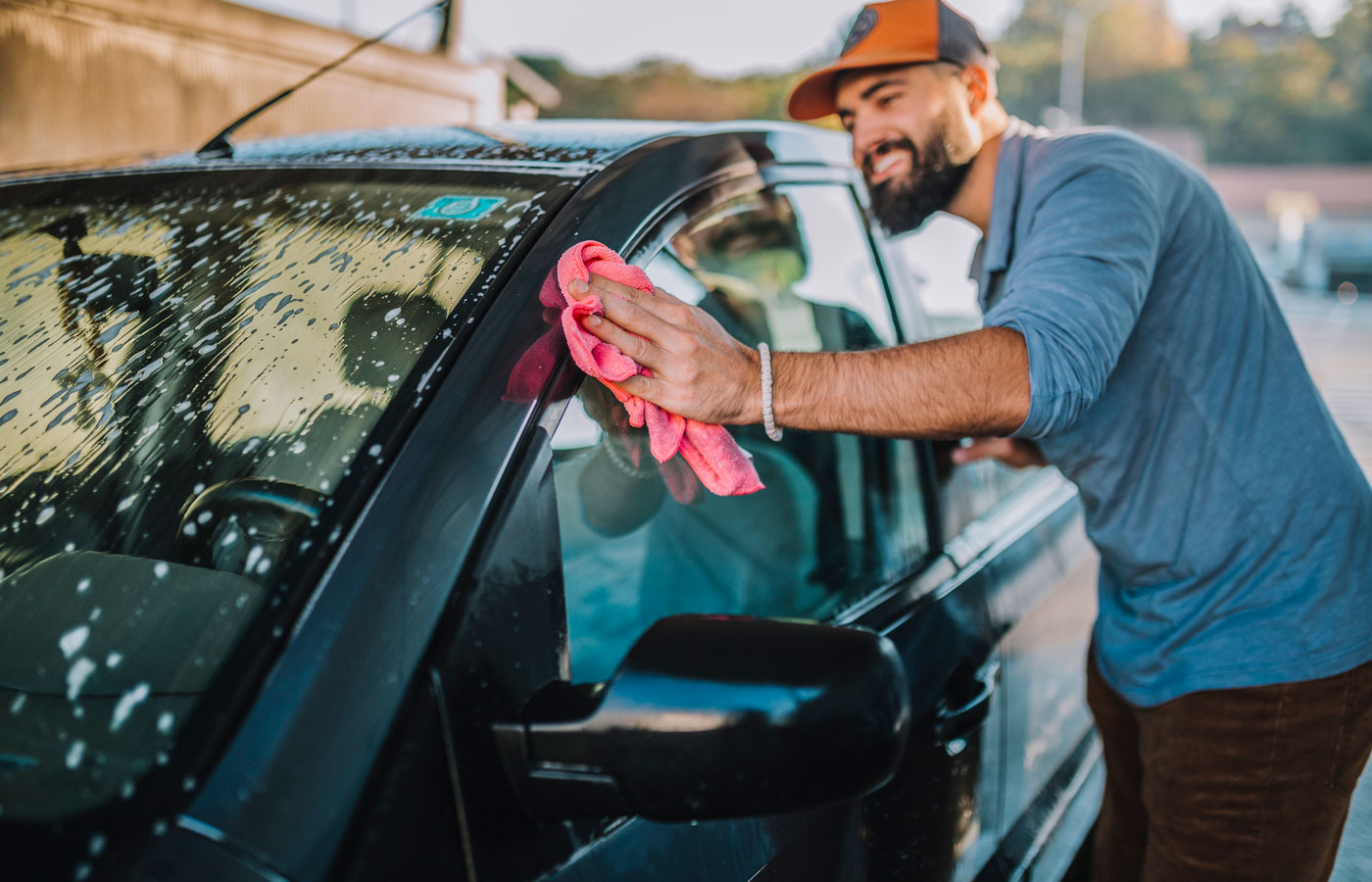How to Reduce Bug Damage to Your Car Paint
Tips on how to reduce the unsightly stains and damage to your car’s exterior.
 Getty
Getty
Maintaining the exterior of your vehicle not only helps it look nice, it’s also essential in preserving the car's value. While dust and grime make a car look dirty, bug splatter can actually wreak havoc on your car's paint job, leaving unsightly stains and causing permanent damage if not immediately addressed. Fortunately, with the proper preventative measures, minimizing bug damage and keeping your car looking its best for years is easier than you may think.
 Getty
Getty
The Impact of Bugs on Car Paint
Even though bugs are tiny creatures, they pose a significant threat to a car's appearance. While that might sound extreme, the chemicals in a bug's physical makeup can pit, stain and ruin a vehicle's paintwork. Additionally, larger bugs, like hard beetles, can chip the car's paint if they impact hard enough.
It is impossible to avoid bug stains on a car. The high rate of speed vehicles drive causes bugs to crash into them and, unfortunately, also causes bug splatter. A bug's pH balance includes acidic matter. As their bodies begin to decompose, enzymes are produced that, if left long enough, cause a car's paint to break down. Making matters even worse, some bugs, like cicadas, also leave behind a sticky, glue-like substance .
The love bug is one of the most known culprits of insects that cause car paint damage. Originally native to the Yucatan Peninsula in Mexico, the bug has migrated and is now also found in the southeastern region of the United States. These bugs are especially prolific in Florida during late spring and mid-fall. Love bugs got their name because they often fly through the air while attached to another love bug.
Flying in swarms, love bugs often impact cars in large quantities while traveling on highways. Running into these bugs on the road can cause cars’ front panels and windshields to become covered in dead bugs. But love bugs aren't the only threat to a car's exterior. Mosquitos, beetles, flies, grasshoppers and many other bugs can eat at a vehicle's paint if not addressed quickly.
 Getty
Getty
Tips for Minimizing Bug Contact: How to Prevent Bug Damage
The best first step in avoiding bug damage is prevention. Washing your car regularly to remove debris can help keep it cleaner. Waxing the car at least two times, a year is another way to combat paint damage. Vehicles parked outside in a harsh environment (extreme heat, mud, snow) may need to be waxed with the change of each season.
Also, consider using a fabric cover or car bra over the front part of the car hood. While this only protects one portion of the car, it is the part that juts out the furthest. Just remember to remove the cover and wash it periodically so the sun doesn't fade the surrounding area, causing a two-toned effect.
 Getty
Getty
Safely Removing Bugs from Car Paint
No matter what preventative steps are taken, some insect encounters are inevitable. When faced with bug residue on the car's paint, it's essential to know how to remove it effectively without causing additional damage.
First, use a high-pressure hose to spray off the first layer of bug remains from the car. Use the hose over the entire vehicle, focusing on the areas with the most bugs. Next, use a bug remover product and apply it with a clean cloth. While dishwashing liquid may be tempting, try to avoid this, as it can dull the shine of your paint. Also, don't use bug remover for cars on plastic headlights. Instead, try using some baby oil on the headlights.
After softening the bugs with the removal product, use microfiber cloths to gently rub off the dried bugs from the exterior of the car. Remember to focus on the windshield, wipers and side mirrors, as well as the grill and the front bumper. Depending on how long the insects have been there, thoroughly removing them might take a lot of elbow grease.
Another issue many car owners need to solve is how to remove mosquito blood stains on car paint. Mosquitos can be a big issue, especially after a rainy season, and due to its proteins, blood isn't often easily removed from car grills and paint. An all-natural solution is to use hydrogen peroxide. Effective in removing blood stains from clothes, it can also help remove blood from vehicles.
Next, wash the car from top to bottom. After rinsing and drying the car, apply car wax if necessary to prevent bugs from sticking so much in the future.
Some suggest also using detailing clay. Used with a lubricant, detailing clay effectively removes splattered bugs, tar and plant sap. It is available at local car parts stores.
By understanding the threat that bug debris can cause to vehicle paint and using effective cleaning techniques, car owners can easily maintain a beautiful paint finish while also helping maintain resale value.